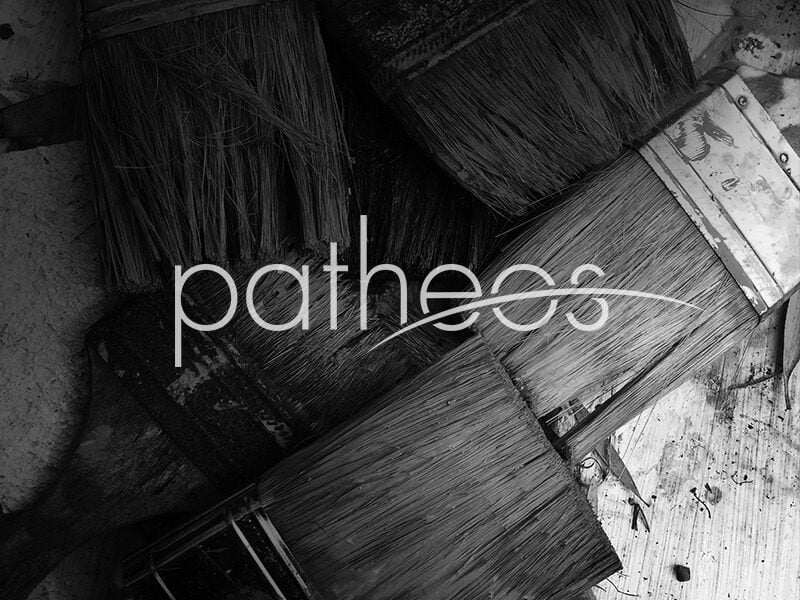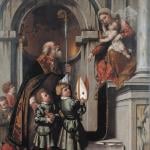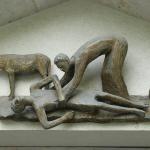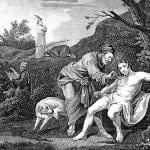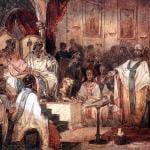Vatican City, Jan 30, 2016 / 06:18 am (CNA/EWTN News).- Mercy and the Christian responsibility to be missionaries are closely connected, Pope Francis said Saturday, kicking off the first in a series of special audiences for the Jubilee Year of Mercy. “As Christians, we have the responsibility to be missionaries of the Gospel,” the Pope said during the Jan. 30 audience, which centered on the “close link between mercy and mission.” The pontiff explained how mercy received from the Father is not meant as a “private consolation” for us, but a tool whereby “others can receive the same gift.” “There is a wonderful interplay between mercy and mission. Living mercy makes us missionaries of mercy, and being missionaries allows us to grow ever more in the mercy of God,” he said. “Therefore, we take our Christian lives seriously, and we should strive to be faithful, for only in this way can the Gospel can touch the hearts of people and open them to receive the grace of love, to receive this great mercy of God which welcomes everyone.” Saturday's gathering in St. Peter's Square was the first in a monthly series of audiences for the Holy Year of Mercy. The Jubilee of Mercy is an Extraordinary Holy Year that officially commenced December 8 – the Solemnity of the Immaculate Conception – with the opening of the Holy Door in St. Peter's Basilica. It will close Nov. 20, 2016 with the Solemnity of Christ the King. “We go every day to the heart of the Holy Year of Mercy,” and the Lord guides us through the Holy Door in order to be close to us, “despite our failings and our contradictions,” the Pope said. “Let us never tire of feeling the need of His forgiveness, because when we are weak, his closeness makes us strong and enables us to live with greater joy our faith.” Pope Francis quoted the words of his predecessor, St. John Paul II, saying that the "Church lives an authentic life when she professes and proclaims mercy and when she brings people close to the sources of mercy.” Speaking on the responsibility of Christians to be missionaries, the Pope said we tend to want to share the good things in our lives. “When we receive good news, or when we live a good experience, it is natural that we feel the need to share it with others,” he said. “We feel within us that we can not hold back the joy that was given to us and we want to expand it.” It is this very joy which “drives us to communicate” what we have received, and the same applies when we encounter the Lord, the pontiff said: “the joy of this encounter, of his mercy, communicating the mercy of the Lord.” “In fact, the concrete sign that we have really met Jesus is the joy we feel when conveying this to others,” he said. This sharing of what is received is not “proselytizing,” the Pope stressed. Rather, it is giving a gift: “I give to you that which gives me joy.” The Pope reflected on the Gospel account of Andrew immediately sharing his experience encountering Jesus with his brother Peter, and likewise Philip with Nathanael. “Meeting Jesus equals to meeting with his love,” the Pope said. “This love transforms us and enables us to pass on to others the strength that it gives to us.” Read more





